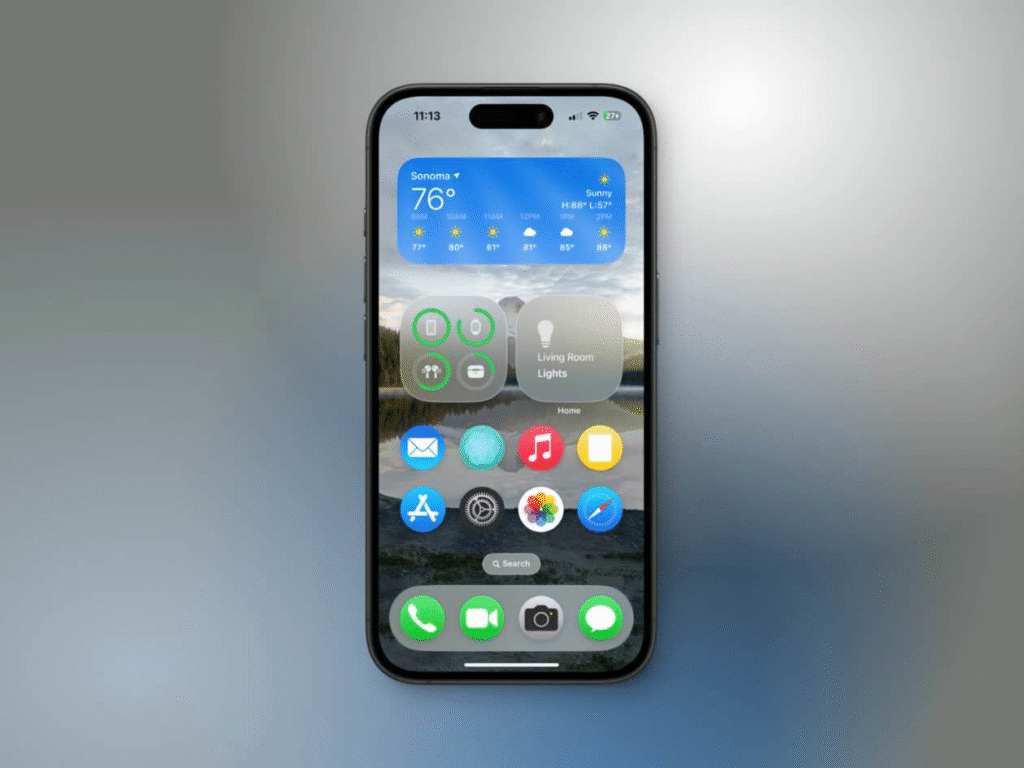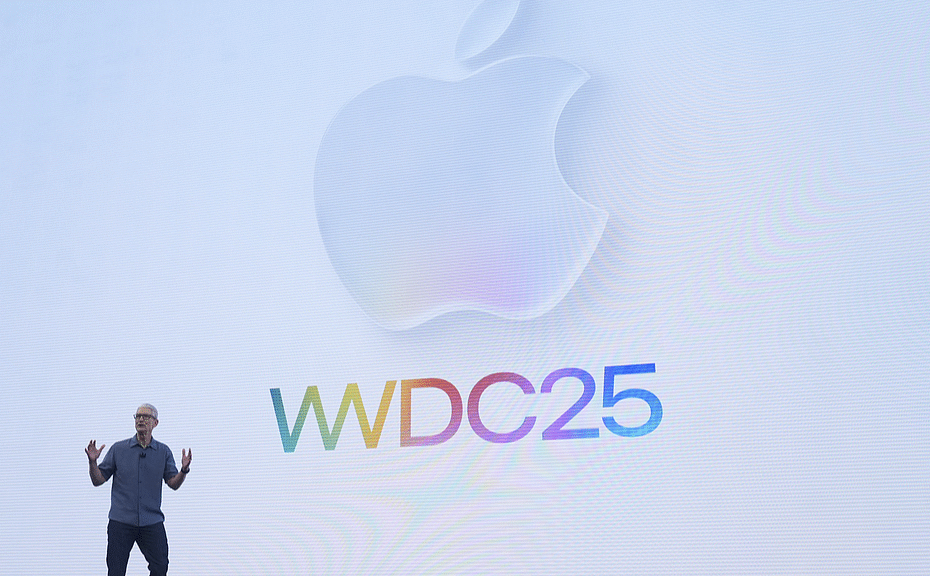Cupertino, California — June 2025 — As the tech world braces for Apple’s Worldwide Developers Conference Apple WWDC 2025, set to kick off on June 9, anticipation is building for major revelations in AI integration, user-centric software improvements, and cross-device innovation. With over 30 million developers and tech enthusiasts tuning in virtually and in person, WWDC 2025 promises to be a pivotal event in shaping the future of the Apple ecosystem.
This year, Apple is expected to unveil substantial upgrades to iOS, iPadOS, macOS, watchOS, tvOS, and visionOS, with a heavy focus on Artificial Intelligence capabilities that span across productivity, personalization, accessibility, and privacy. With the spotlight on AI more than ever before, Apple is preparing to position itself as a leading innovator in the space currently dominated by OpenAI, Google, and Microsoft.
A New Era of AI for Apple Ecosystems
According to industry insiders, one of the most groundbreaking aspects of WWDC 2025 will be Apple’s deep integration of AI into its core platforms. While Siri has long been Apple’s voice assistant, it’s expected that a new generation of AI-powered tools and services will be introduced, dramatically enhancing the user experience across devices.
Under the umbrella of “Apple Intelligence,” features may include:
- On-device AI processing for real-time transcription, summarization, and contextual task suggestions.
- Enhanced Siri 2.0, potentially offering contextual awareness, natural conversation capabilities, and third-party app integration.
- AI-powered photo and video editing tools built directly into iOS and macOS Photos.
- Predictive text and smart reply improvements across Mail, iMessage, and other productivity apps.
These enhancements reflect Apple’s broader AI strategy—leveraging edge computing to offer powerful AI experiences while maintaining user privacy, a core value of the brand. Unlike competitors who often rely on cloud infrastructure for processing, Apple’s approach emphasizes on-device intelligence to safeguard sensitive data.
iOS 19: Smarter, Faster, More Secure

Apple is expected to unveil iOS 19, featuring not only cosmetic changes but foundational improvements designed to increase personalization and user control.
Expected highlights include:
- Smart Widgets that adapt to user behavior and location.
- AI-generated summaries of long texts, documents, or emails.
- An upgraded Focus Mode, powered by machine learning to adjust settings based on context and time of day.
- Real-time language translation across apps and in live conversations.
For developers, the updated Xcode is also set to offer integrated AI-assisted coding support, streamlining app development and debugging workflows—a major push toward AI Tools tailored for programmers.
iPadOS and macOS: Blending Creativity with Intelligence
With iPadOS continuing to blur the line between tablets and laptops, iPadOS 19 is rumored to support multi-user login (especially for educational and enterprise environments), and improved stylus interaction with AI-enabled handwriting recognition. New multitasking features, like predictive app stacking and workflow recommendations, could turn the iPad into an even more powerful creative workstation.
On the desktop front, macOS 15 (rumored to be named “Monterosa”) will likely bring AI-enhanced Spotlight search, smart folder organization, and improved system performance for Apple Silicon Macs.
Notably, Apple’s final-cut and Logic Pro apps may receive intelligent features—suggesting edits, arranging audio tracks, or optimizing visual effects with minimal manual input.
watchOS 12 and tvOS: Smarter Health and Entertainment
Apple’s ambitions to transform healthcare and entertainment also appear in its AI roadmap. watchOS 12 is expected to bring in advanced health tracking, such as:
- Real-time sleep quality analytics with lifestyle suggestions.
- AI-driven cardiovascular and stress analysis.
- Integration with visionOS and iOS for health monitoring continuity.
Meanwhile, tvOS may see personalized recommendations based on voice and gesture inputs, and even family-specific user profiles powered by facial recognition and behavior tracking.
visionOS: Elevating Immersive Computing
The newest member of the Apple OS family, visionOS, is gaining momentum after the 2024 launch of the Apple Vision Pro. At WWDC 2025, developers are hoping for expanded APIs, more third-party support, and improved integration with Mac and iPhone.
Expect Apple to highlight AI use cases in augmented reality (AR), such as:
- AI-curated virtual workspaces.
- Real-time visual translations and object recognition.
- Immersive education and training environments built using Apple’s ARKit.
These innovations align with Apple’s mission to not just expand device capabilities but to revolutionize the way users interact with data, environments, and each other.
Developer Ecosystem & SDK Updates
Apple’s developer community is the backbone of WWDC. This year, the event is expected to showcase major updates to:
- Swift programming language with built-in AI logic structures.
- ARKit 6 with more realistic lighting, physics, and AI-generated assets.
- Improved Machine Learning (Core ML) support for developers looking to build AI-native apps.
For many businesses, this spells opportunity—smaller companies can now tap into enterprise-grade AI functionality using Apple’s streamlined toolkits.
The Competitive Landscape
While OpenAI, Microsoft Copilot, and Google Gemini have all taken significant steps in the AI race, Apple’s strength lies in its hardware-software synergy. Its vertically integrated ecosystem allows for a smooth rollout of intelligent features that are secure, performant, and deeply embedded in daily user interactions.
With user trust and privacy at the forefront, Apple’s strategy could set a new standard for ethical AI adoption, especially for personal devices.
What This Means for the Tech World
As WWDC 2025 unfolds, Apple’s push into AI-driven user experience will likely send ripples across the tech industry. From product design and healthcare to education and entertainment, businesses will be closely watching Apple’s innovations as a blueprint for the next generation of AI-powered consumer technology.
It also sends a clear signal to developers: Apple is not just enabling applications, it’s transforming how users experience them—with intelligence, precision, and personalization.
Stay Updated with Tech Thrilled

For live updates, insights, and post-WWDC 2025 analysis, stay connected with Tech Thrilled. Whether you’re a developer, enthusiast, or enterprise leader, we’ll bring you the tech news that matters—fast, accurate, and deeply insightful.
Call to Action:
- Subscribe to the Tech Thrilled newsletter for full WWDC 2025 coverage
- Share your expectations and wish list for Apple’s AI in the comments
- Explore our insights on Artificial Intelligence, gadgets, and more at Tech Thrilled
